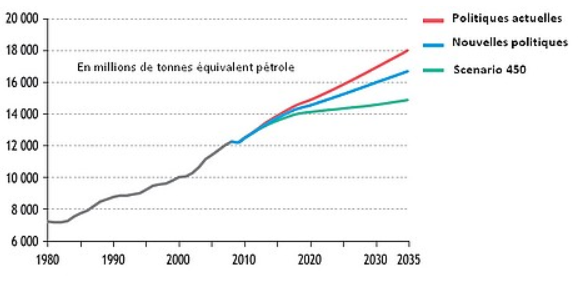Our software range addresses issues related to the conventional energy sector through professional tools with intuitive user interfaces and ongoing technical support.
NAP is a comprehensive software solution that simplifies data manipulation, network graphical representations, report generation, and scenario management. It is designed to analyze and simulate electrical network behavior, providing evaluation indicators and various calculation modules.
GAP specializes in the analysis and planning of generation systems, including hydroelectric, thermal, wind, solar, and energy storage. Central to GAP is a stochastic production simulation model that assesses the technical and economic outcomes of different generation park expansion scenarios.
DAP is designed for forecasting demand and peak load, as well as preparing Electricity Demand Management (DSM) actions. It offers four forecasting types: Simple (basic trend forecast), Sectoral (sector-specific trend forecast), Consumer (customer-specific trend forecast), and DSM (DSM-focused forecast).
GEOSIM is the reference software for geospatial electrification planning. It uses geographic information system (GIS) technologies to create optimized electrification scenarios. GEOSIM helps identify priority areas for electrification, integrating renewable energy sources such as small hydro, solar, wind and biomass. Its value lies in its ability to reduce costs and maximize the socio-economic impact of electrification projects, particularly in rural and remote areas.
Developed in collaboration with leading national and international companies such as RTE and EDF, our software features tested and standardized calculations, results, and methodologies. It is marketed to both private sector entities (such as design offices) and public institutions (including Ministries, Rural Electrification Agencies, and national companies). With over 30 years of global feedback, our tools are utilized in around thirty countries. They play a critical role in national master plans, as well as in distribution, production, and transmission networks. Additionally, they are employed on regional and local scales for international interconnections and the development of solar and wind energy production.

The integration of our three software solutions – GAP, DAP, and NAP – into a cohesive platform supports several key strategic tasks:
- Contribution of Variable Renewable Energies (VRE): Assessing the impact of VRE on power.
- Probabilistic Analysis of Energy Production: Evaluating energy production with and without VRE.
- Validation of Long-Term Capabilities: Aligning long-term capabilities with short-term flexibility requirements and assessing associated costs.
- Contribution of Storage and Demand Response: Analyzing the role of storage solutions and demand response in energy management.
- Dispatch Scenarios: Developing scenarios for the dispatch of existing and future energy production facilities.
- Optimization of Production and Transport Planning: Enhancing planning for production and transportation.
- Grid Integration Studies: Conducting studies on long-term VRE capacity scenarios to evaluate and allocate the costs of stability solutions.

GAP

NAP

DAP

GEOSIM
